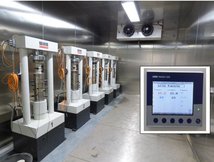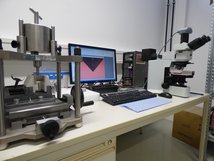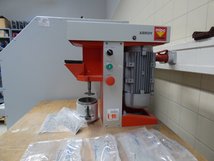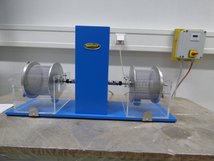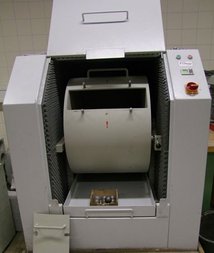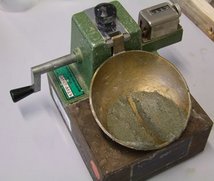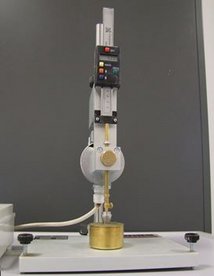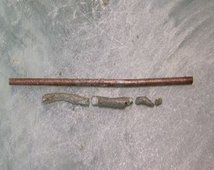Servohydraulic test bench (2400 kN)
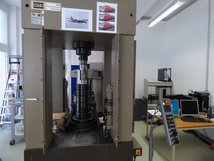
Servo-hydraulic test facility for performing uniaxial and triaxial tests.
The tests are performed under program control. The load control can be carried out displacement- or force-controlled. Long-term tests (uniaxial or triaxial) are also possible, as are tests in the post-failure range.
Five long-term pressure test rigs
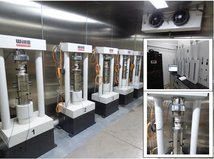
Long-term unconfined compression tests are carried out in a climatic chamber where the temperature and relative humidity can be controlled. The tests can be carried out both force- and deformation-controlled. These test rigs can also be used to record the long-term shrinkage behavior of the specimens.

